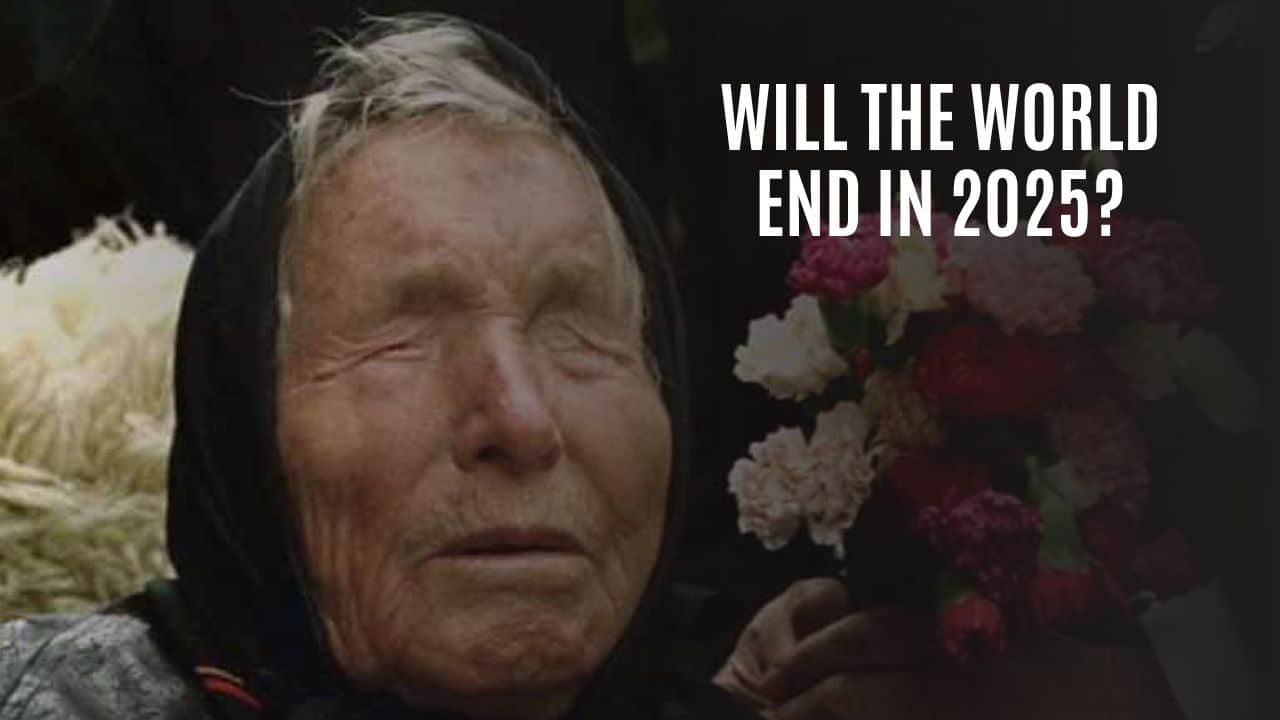As 2025 approaches, interpretations of predictions by the legendary figures Nostradamus and Baba Vanga are stirring conversations and concerns worldwide. Known for their cryptic and sometimes uncanny forecasts, both mystics are associated with disturbing visions for the near future, including potential global conflicts, environmental disasters, and even alien encounters. The fascination with their predictions reflects a mix of cultural curiosity, historical reverence, and perhaps a deep-seated fear of the unknown.
Who Were Nostradamus and Baba Vanga?
Nostradamus, born Michel de Nostredame in 1503, was a French astrologer, physician, and reputed seer. His 1555 book, Les Prophéties, contains a series of quatrains that are considered some of the most enduring texts of prophecy. His predictions, often intentionally ambiguous and phrased in metaphors, have been credited with foreseeing events like the rise of Napoleon, the world wars, and the September 11 attacks. These writings are crafted in a poetic form that invites various interpretations, allowing readers to connect the verses with events that resonate with modern anxieties.
Baba Vanga, born Vangeliya Pandeva Dimitrova in 1911, was a blind Bulgarian mystic whose alleged predictions have kept her name alive long after her death in 1996. Known for her specific prophecies on world events, Vanga is credited with predicting the breakup of the Soviet Union, the Chernobyl disaster, and the September 11 attacks. Many of her prophecies focused on natural disasters, societal shifts, and geopolitical tensions, mirroring some of Nostradamus’s themes but with a modern focus that resonates with contemporary concerns like climate change and international conflict.
Predictions for 2025: A Year of Global Unrest and Change
The interpretations of Nostradamus’s verses for 2025 evoke a sense of impending turmoil. One quatrain, describing “cruel wars” and “the ancient plague,” has been interpreted by some enthusiasts to warn of a possible new pandemic or biological conflict affecting Europe. Some believe that his reference to “the ancient plague” could indicate the resurgence of infectious diseases or biological warfare—a chilling idea in the wake of the COVID-19 pandemic. Others see Nostradamus’s warnings of conflict as indicative of larger geopolitical strife that could extend beyond Europe, potentially destabilizing other parts of the world.
Similarly, Baba Vanga’s prophecies for 2025 focus on severe conflict and environmental turmoil. Her predictions for this period suggest an intensifying power struggle in mainland Europe, with possible ramifications that could ripple across the globe. Some of her followers interpret her visions as a warning of a major conflict between two powerful nations, which could trigger economic crises, social upheaval, and environmental disasters worldwide. Additionally, Vanga’s prediction of intense floods and droughts has been linked by some to climate change, speculating that certain parts of Asia may face unprecedented flooding while others experience crippling drought.
In a strikingly fantastical element, Baba Vanga also predicted human telepathic abilities and alien encounters. She claimed that humanity could develop telepathy within a few years and even foresees a “Martian war,” which has fueled interest in extraterrestrial phenomena. Though taken with skepticism by many, this theme of alien interaction echoes cultural fascinations and fears about the unknown dimensions of the universe.
Past Predictions and Their Significance
The reputations of both Nostradamus and Baba Vanga have been built largely on their previous predictions, many of which are widely regarded as accurate. Nostradamus is credited with foreseeing iconic events like the Great Fire of London in 1666, the rise of Adolf Hitler, the French Revolution, and even recent events like the COVID-19 pandemic. His prediction style, which involves vague language and symbolic imagery, allows interpretations that can be aligned with a variety of significant historical events. Baba Vanga’s following stems from her alleged success in predicting more specific events, such as the Chernobyl disaster, the collapse of the Soviet Union, and the 9/11 attacks. Her followers argue that these fulfilled prophecies demonstrate her gift, while skeptics maintain that her predictions are often vague and open to flexible interpretation.
Differing Interpretations and Cultural Impact
The ambiguity in their predictions has allowed Nostradamus and Baba Vanga’s prophecies to be interpreted in vastly different ways. While some take their words literally, others argue for a more symbolic interpretation, viewing the predictions as metaphors for human fears, such as environmental degradation, technological disruption, or shifts in global power. Critics point out that the vagueness of these prophecies allows them to be adapted to fit almost any modern context, a flexibility that fuels both belief and skepticism. Many who study their work argue that the predictions reflect not just the seers’ insights but also the anxieties and dreams of the times in which they lived.
Their prophecies, however, have not only historical but also cultural value. They serve as reminders of humanity’s age-old preoccupations with fate, free will, and the future, and they raise questions about how much we shape our destinies versus how much is preordained. For many, the fascination with these mystics’ predictions is less about the accuracy of the prophecies and more about what they reveal about collective human psychology.
Implications for 2025 and Beyond
In interpreting the warnings from Nostradamus and Baba Vanga, some suggest that society must address its present-day issues—whether in terms of environmental protection, technological advancement, or diplomatic relations. Nostradamus’s prophecies about an “Aquatic Empire” suggest that rising sea levels and catastrophic floods could devastate coastal cities, pointing to urgent concerns about climate change. Meanwhile, his mention of quantum physics advancements raises intriguing possibilities of scientific breakthroughs that could redefine our understanding of reality. Similarly, Baba Vanga’s prediction about space exploration speaks to humanity’s longstanding desire to conquer new frontiers, especially with current advancements in space technology by agencies like NASA and private companies like SpaceX.
In the end, the enduring relevance of these mystics may lie not in their specific predictions but in their ability to mirror society’s fears and hopes across generations. Nostradamus and Baba Vanga’s visions remind us of the fragility of human existence and the unpredictable nature of global affairs. As the world approaches 2025, their prophecies invite both believers and skeptics to reflect on our potential future paths and to consider the role of human agency in shaping what’s to come. Whether viewed as historical curiosities or as genuine warnings, the writings of Nostradamus and Baba Vanga continue to inspire both debate and introspection, ensuring that their legacy remains firmly embedded in modern culture.





































